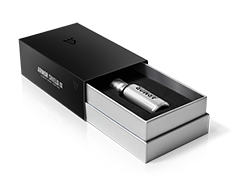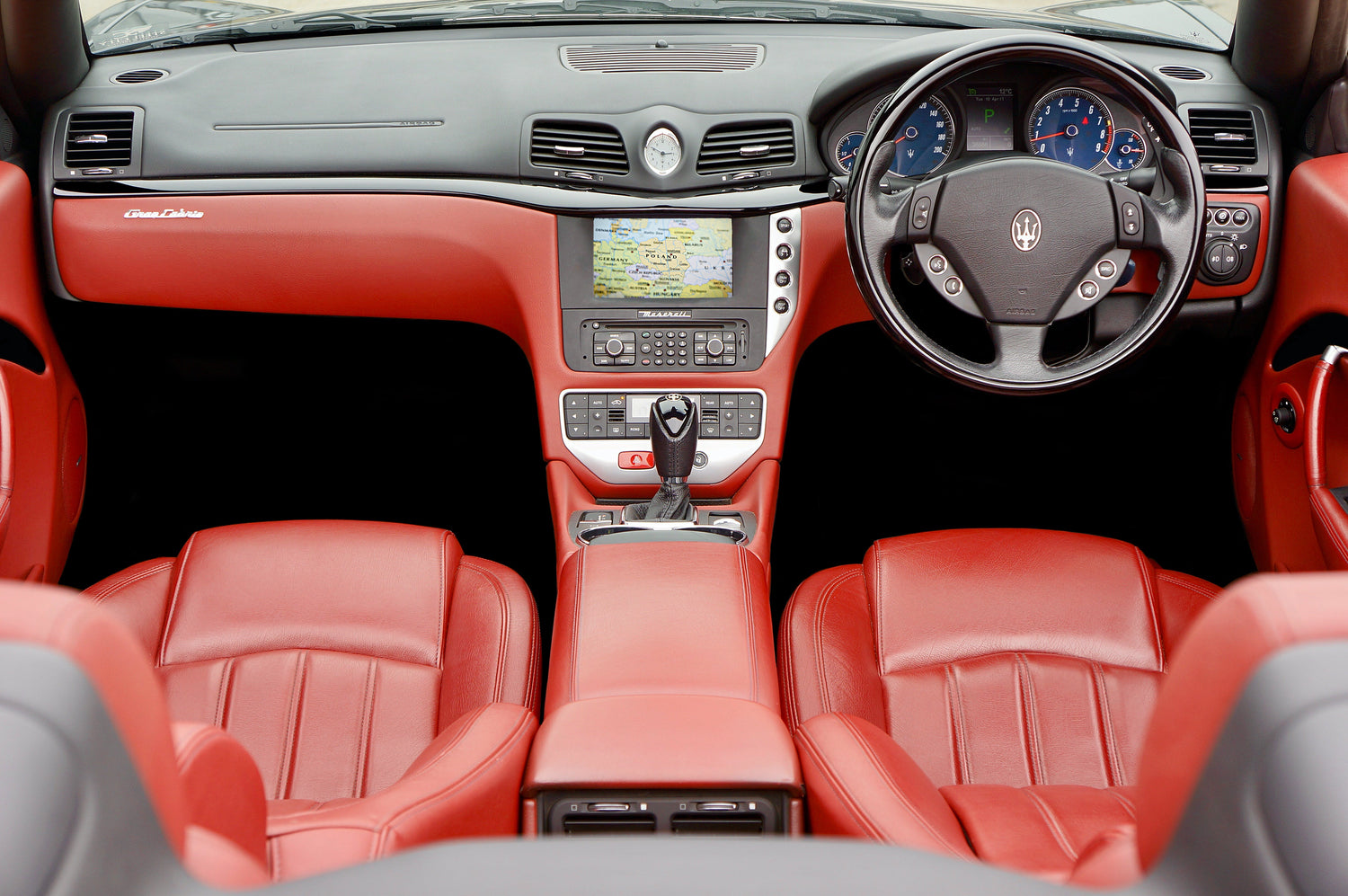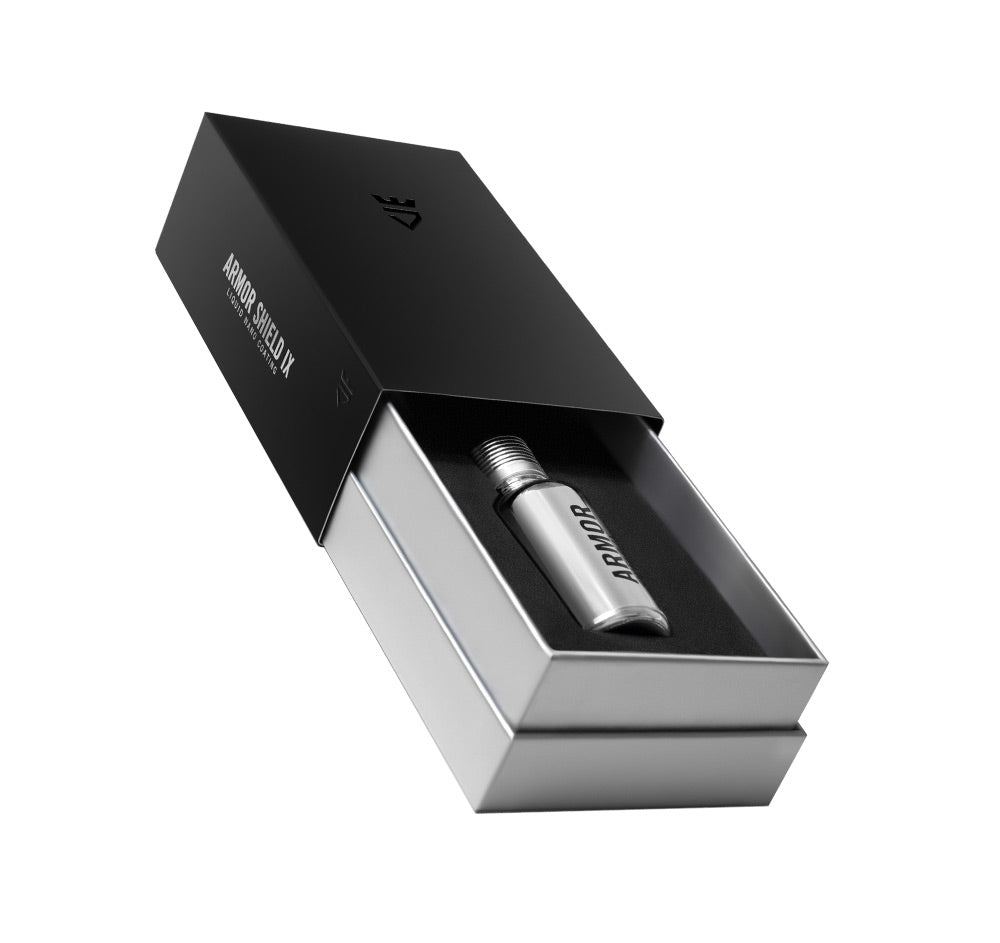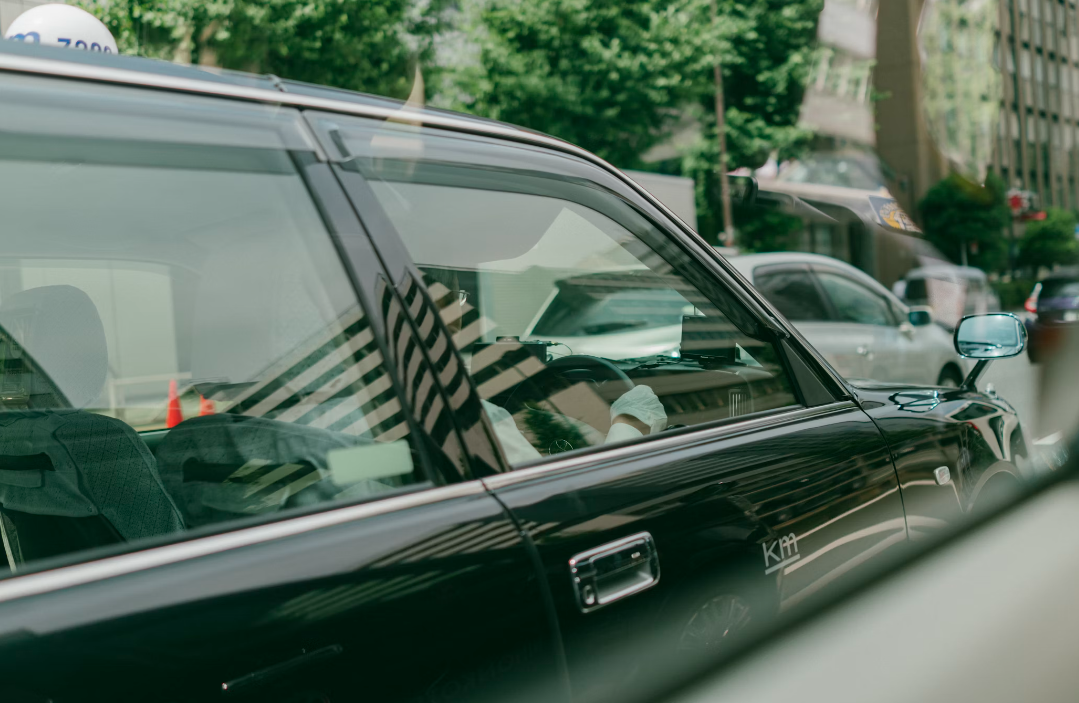Love that brand-new car feel? The spotless interior and intoxicating aroma of leather?
Car owners are not strangers to how quickly that euphoria fades, replaced by constant spilling, dust, and damage.
But what if you could keep your car's interior looking brand new for longer—a way to protect it from the wear and tear of daily driving? Say hello to interior ceramic coating, the groundbreaking product redefining DIY automobile care.
Ceramic coating has emerged as the ultimate interior protection solution for auto fans fed up with a never-ending war with dirt, wear, and tear. But what exactly is it? Is it worth the hype? How does it ensure your favorite car stays clean effortlessly?
Don't worry - here's a comprehensive guide about the benefits of interior ceramic coating, ways to use it, and different options available in the market.

What is Interior Ceramic Coating?
Interior ceramic coating, a relatively new car care technology, has gained tremendous popularity for its ability to protect your vehicle's interior surfaces from ordinary wear and tear. It's a hydrophobic sealant that creates a protective layer (similar to its external counterpart) and offers numerous benefits beyond just a sparkling gloss.
Simply put, a ceramic coating protects your dashboard, leather seats, and door panels like a microscopic force field.
Using certain chemical formulas, it builds a barrier against spills, stains, UV rays, and even small scratches by bonding with different interior materials. This means your car's interior will look better, be easier to maintain, and stay more durable.
Is interior ceramic coating worth it?
Here’s the thing: it all boils down to your lifestyle and financial health.
Do you prefer a clean and pristine automobile interior? Are you ready to invest upfront and don't mind minor maintenance? If you answer yes, interior ceramic coating is worth your investment.

Benefits of Interior Ceramic Coating
Should you spend your money on this upgrade? Here's how you can benefit from investing in interior ceramic coating:
Extra Layer of Protection
Your automobile's interior will last longer and look better thanks to this coating's defense against numerous hazards.
With interior ceramic coating, plastics don't shatter, leather stays flexible, and fabrics stay safe against spills and stains. Lower wear and tear means significant cost savings from future repairs and replacements.
Effortless Cleaning
The hydrophobic surface makes cleaning a snap. With regular dusting and wiping, you permanently avoid harsh chemicals or scrubbing.
By doing this, you not only save time and work but also protect sensitive fabrics from harsh cleaning techniques.
Enhanced Aesthetics
The coating adds a gentle, natural-looking gloss to your interior surfaces. The protective layers give your car a more aesthetically pleasing appearance, making it appear brand-new and well-maintained.
Long-lasting Effect
Unlike typical waxes or protectants, interior ceramic coatings have a long lifespan. Unlike their transient counterparts, they require less reapplication and can endure for years, depending on the brand and application methods used.

Process of Applying Interior Ceramic Coating
Applying an interior ceramic coating to your vehicle by yourself can be a fun experience. But to guarantee an excellent finish, starting the process with the right planning and approach is critical.
Here's a breakdown of the main steps:
Step 1: Gathering all necessary items
Here's everything you'd need to start: interior-specific ceramic coating, microfiber cloths, applicator pads, masking tape (optional), and a neat, well-lit workspace.
Before you start, ensure the coating product you pick is compatible with your car's leather, vinyl, or plastic interior materials.
Step 2: Deep-cleaning of the interior
Remove all floor mats, seats, and other loose parts. To get rid of dirt and grime, give every surface a thorough vacuum and wipe down with a pH-neutral cleanser. Use a special upholstery cleaner for tough stains and follow the manufacturer's instructions.
Step 3: Claying for Matte interior (optional)
If your car's interior has a matte finish or feels rough, claying can help remove embedded contaminants for a smoother surface. Use a clay mitt or bar with a gentle lubricant, and follow the manufacturer's directions.
Step 4: Applying ceramic coating in sections
Before you begin, give the ceramic coating bottle a good shake to distribute the product evenly.
Next, separate the interior into sections that are easier to handle, like the dashboard, chairs, and doors. With the applicator pad, apply a thin, even coat of the ceramic coating to one area at a time.
Step 5: Buff lightly, repeat, and cure
After applying the product, buff the coated surface in circular motions with a fresh microfiber cloth to remove any high spots and maintain a smooth finish.
Apply and buff the coating to each section until the entire interior is covered. Finally, be patient; the coating should cure entirely in a few hours at most.

Types of Interior Surfaces that can be Coated with Ceramic Coating
Here are some of the most common interior surfaces that benefit from ceramic coating treatment:
1. Leather upholstery and seats
Leather is a luxury material but just as prone to cracking, fading, and spots. A leather ceramic coating adds a protective barrier, repelling liquids and preventing dirt and filth from entering the pores. Besides making spills and common dust much easier to wipe up, this layer keeps the leather from drying out and breaking.
2. Plastic trim and dashboard panels
Interior plastic surfaces are the most susceptible to scratches, UV damage, and discoloration.
That said, a ceramic coating creates a slick, hydrophobic surface that resists scratches and scuffs while protecting against UV radiation - the main reason behind fading and brittleness.
3. Fabric and carpeted surfaces
Carpets and fabric seats are spill/stain magnets.
When a ceramic coating is applied to these surfaces, it creates a protective barrier that causes liquids to bead up and roll off, keeping them from soaking in and forming unsightly stains.
4. Headliners
This makes spills easy to clean—just wipe them off. It also keeps dust and debris from becoming stuck in the fabric.
Headliners are sometimes neglected, yet they can collect dust, filth, and even mold over time.
A ceramic coating makes the headliner easier to clean and protects it from damp and drooping, extending its lifespan and preserving a fresh, clean appearance.
5. Door Panels
Frequent contact with dirt and grime from shoes and bags exposes door panels to damage.
However, these surfaces can also feel and look brand new - thanks to ceramic coating protection. The coating also smoothens the surface, which makes dust and fingerprints easier to remove.
6. Steering Wheel
Because the steering wheel is one of the most often touched surfaces in a car, it is easily subjected to wear and tear.
Ceramic coating acts as a barrier, preventing oils, dirt, and sweat from penetrating the material and causing it to become greasy or slippery.
7. Console and Cup Holders
Consoles and cup holders are notorious for gathering crumbs, spills, and sticky residue.
These sections can be protected with a ceramic covering that makes cleaning much simpler—dirt and debris can be wiped away with just a quick swipe. The coating also stops stains from appearing, making it simpler to keep the insides neat and sanitary.

Tips for Choosing the Best Interior Ceramic Coating Product
At Avalon King, we understand how difficult it can be to choose the best interior ceramic coating product.
However, you could find the ideal shield for your most valued possession with the right approach. Consider these key factors while choosing:
Quality and reputation of the brand or manufacturer
Always choose brands with a track record of success in the ceramic coating market. Look for manufacturers known for their unwavering commitment to R&D, rigorous testing, and ingredient quality.
Research unbiased reviews and testimonials from detailing experts and verified clients since they provide insightful details about the product's performance, ease of use, and long-term durability.
Finally, but just as importantly, search for certificates in quality control and industry standards from respectable associations, such as the Society of Automotive Engineers (SAE) or the International Detailers Association (IDA).
Although our products are not for interior usage, we have some great exterior ceramic coating options that tick all the right boxes. So, if you want to protect the exterior of your car, try the Armor Shield IX DIY ceramic coating kit.
Compatibility with different types of surfaces
Not all ceramic coatings are the same.
Make sure the product you choose is specifically formulated for the type of surface you want to treat - leather, vinyl, cloth, or plastic. By using an incompatible interior coating, you can cause harm or discoloration.
Consider a multi-surface ceramic coating for diverse interior surfaces, as it provides comprehensive protection without having separate solutions for each material.
Always do a tiny test patch in an inconspicuous location before applying the coating to the entire surface to confirm compatibility and desired results.
Cost-effectiveness and value for money
While pricing is necessary, we recommend prioritizing quality and long-term benefits over the initial price tag.
Though it may cost more upfront, a high-quality ceramic coating can save you money over time by providing better protection, durability, and ease of maintenance.
Consider the amount of product required to cover the specified area, and follow the correct application procedure. Next, look for coatings with good coverage per unit, which means fewer applications and lower costs.
Lastly, look into the manufacturer's warranty policies. Longer warranties can give consumers peace of mind and show confidence in the product's longevity. Also, think about how simple and often the coating must be maintained.
Apart from the interiors, you will also need a good detailing product for the exterior of your car. Take a look at Armor Shield Lite. It works as a quick detailer, a standalone exterior coating, and a ceramic topper.

Frequently Asked Questions (FAQs)
Have more questions in mind? Check out our brief FAQs section about ceramic coating to clear your doubts:
Can ceramic coating be applied to all types of interior materials?
No, ceramic coating is not suitable for all interior materials.
While it works well on hard surfaces like leather, vinyl, and trim, it is not recommended for suede or unpainted wood. Suede may lose its unique texture, while raw wood may react poorly to the coating.
Knowing what materials are in your car's interior is essential; we recommend consulting an experienced detailer for more guidance. They can assess compatibility and suggest different types of protection for incompatible materials.
Is professional application necessary, or can it be done DIY?
Although DIY interior ceramic coating kits are readily available, professional help has several benefits, including specialized tools, professional skills and expertise, warranties, etc.
But if you DIY, especially in tiny spaces, it can be less expensive. It might be a good choice if you're confident in your ability to do it yourself and pick a user-friendly kit with compatible materials.
Remember to do your homework, prep the surface thoroughly, and strictly adhere to the product’s directions.
How long does interior ceramic coating last?
The type of substance utilized, the application's quality, and the interior's upkeep affect how long the interior ceramic coating lasts. On average, it should last 12 to 24 months, though some premium products can offer longer protection.
You can further prolong the coating's life by cleaning frequently and practicing healthy habits, like avoiding accidents and too much sun exposure.
Conclusion
And that's it, folks! Interior ceramic coating is no longer a luxury car owner's secret, It is a commonly available choice for anyone looking to improve their car care regimen.
There's no denying the perks, from protecting your interior from spills and stains to improving the way it looks. Whether you're an enthusiast or casual driver, interior ceramic coating is an excellent investment that will save you time, money, and frustration.
Start your exterior ceramic coating journey on a budget with Avalon King - check out our products and choose your pick.












